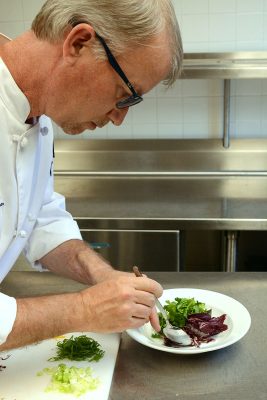Rose Tardiff ’15: Sparking Innovation With Data, Mapping and More
While pursuing a bachelor’s degree in geography in the Maxwell School, Rose Tardiff ’15 became involved with the Salt City Harvest Farm, a community farm near Syracuse where newcomers from all over the world grow food and make social connections….


 The great thing about experiencing the holidays in the Northeast is that they’re all framed by a particular season—late fall, early winter—so you can ask yourself, what type of food does this weather beckon? Comfort food, for starters.
The great thing about experiencing the holidays in the Northeast is that they’re all framed by a particular season—late fall, early winter—so you can ask yourself, what type of food does this weather beckon? Comfort food, for starters.